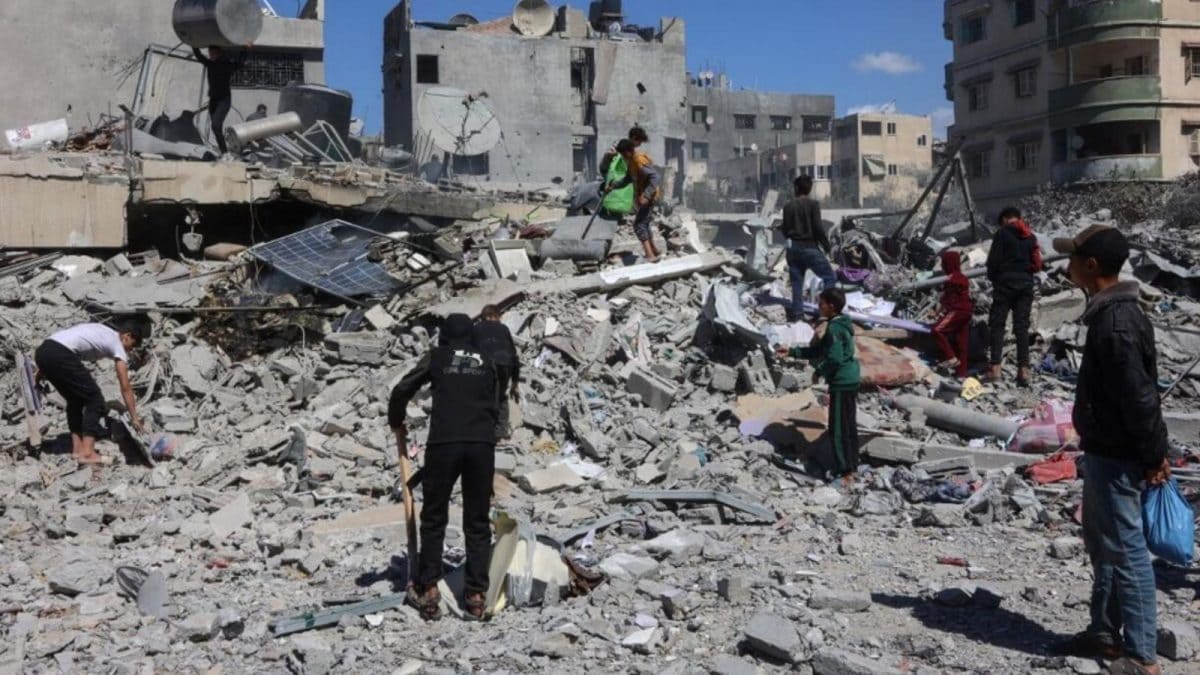Hamas Agrees to US Proposal for Gaza Ceasefire, According to Palestinian Official

On May 26, 2025, a significant development emerged in the ongoing conflict between Israel and Hamas as a Palestinian official announced that Hamas has accepted a ceasefire proposal put forth by the United States. This proposal was communicated to Hamas through intermediaries and could potentially pave the way for a reduction in hostilities in the region.
The proposal, crafted by US Special Envoy Steve Witkoff, outlines key conditions that include the release of ten Israeli hostages currently held by Hamas. These hostages would be released in two separate groups as part of a broader agreement that also calls for a 70-day ceasefire, during which there would be a partial withdrawal of Israeli military forces from the Gaza Strip. This ceasefire, if implemented, would represent a significant step towards mitigating the violence that has plagued the region for months.
According to the Palestinian official, the terms also stipulate the release of numerous Palestinian prisoners detained by Israel. Many of these individuals are serving lengthy sentences, and their release has been a longstanding demand among Palestinian advocates and leaders.
While this development may signal a potential turning point in the conflict, the Israeli government had yet to issue a response at the time of the announcement. This lack of immediate feedback raises questions about the likelihood of the proposal being accepted by all parties involved.
The ceasefire initiative follows a period during which Israel has intensified its military operations in Gaza, with officials stating their aim is to establish complete control over the territory. Israeli Prime Minister Benjamin Netanyahu emphasized the urgency of their military efforts, declaring in a video posted to Telegram, “The fighting is intense, and we are making progress. We will take control of all the territory of the Strip. We will not give up. But to succeed, we must act in a way that cannot be stopped.” His remarks underscore the ongoing tensions and the complexities surrounding any potential resolution to the conflict.
This latest proposal comes in the context of a long-standing and deeply rooted conflict, where both humanitarian concerns and geopolitical interests intersect dramatically. As the international community watches closely, the hope remains that diplomatic efforts will lead to a lasting peace and alleviate the suffering of those caught in the crossfire.



























